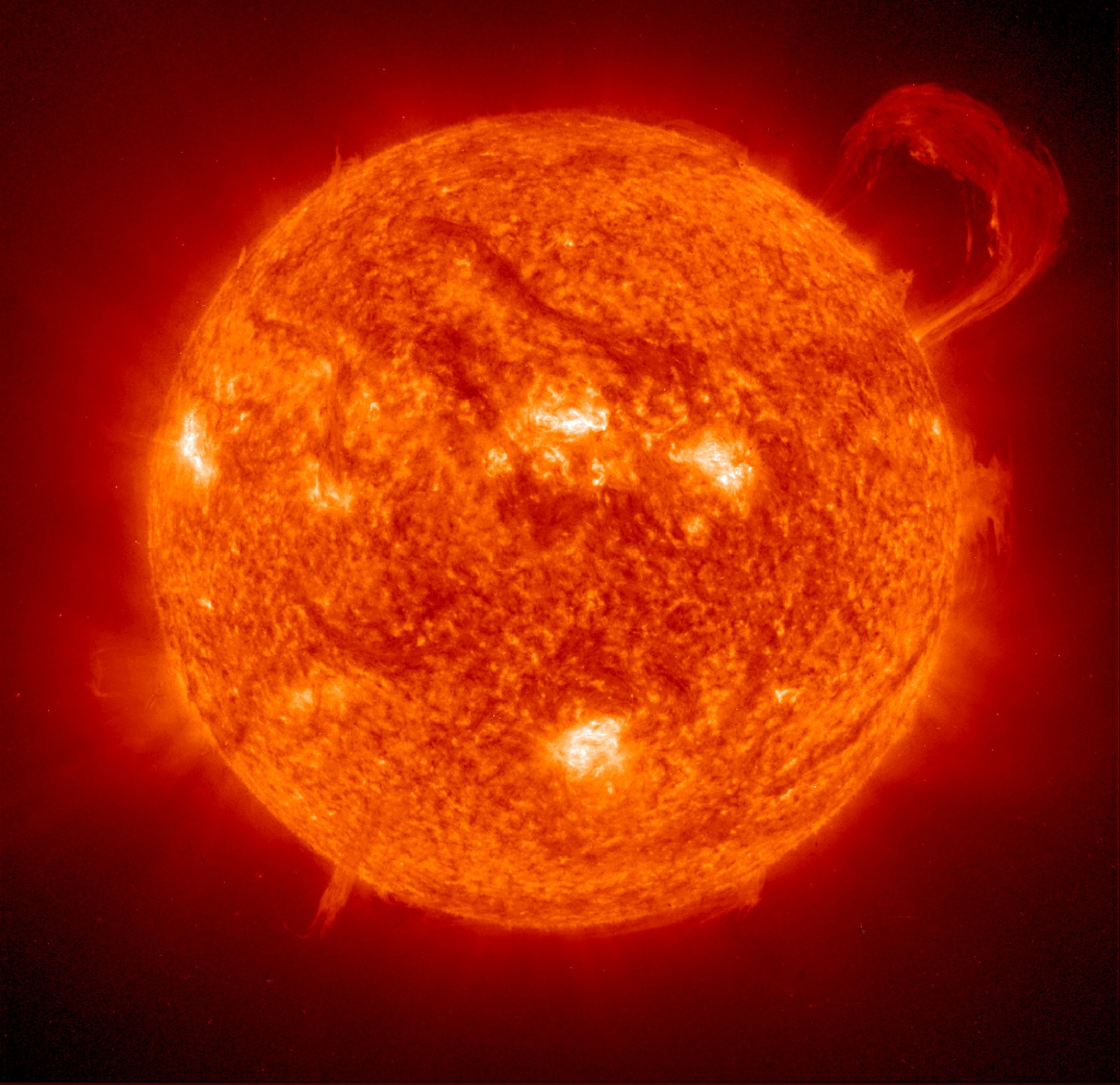Venus, often called Earth’s twin, is a fascinating planet with extreme temperatures and a thick atmosphere. But just How Big Is Venus Compared To The Other Planets in our solar system? This article delves into Venus’s size and provides comparisons to its celestial neighbors.
Venus’s Size and Distance From Earth
Venus is very similar in size to Earth. Its diameter at the equator is approximately 7,521 miles (12,104 kilometers), while Earth’s diameter is about 7,926 miles (12,756 kilometers). This makes Venus only slightly smaller than our planet, with a difference of roughly 405 miles (652 kilometers) in diameter.
Venus orbits the Sun at an average distance of 67 million miles (108 million kilometers), or 0.72 astronomical units (AU), where 1 AU is the distance between the Sun and Earth. Although Venus is our closest planetary neighbor, its distance from Earth varies significantly due to their different orbital paths. At its closest approach, Venus comes within about 24 million miles (38 million kilometers) of Earth. However, at its furthest point, it can be as distant as 162 million miles (261 million kilometers).
Venus Compared to Other Planets
While Venus is nearly the same size as Earth, it’s significantly smaller than the gas giants: Jupiter, Saturn, Uranus, and Neptune. Jupiter, the largest planet in our solar system, has a diameter roughly 11 times that of Venus. Saturn’s diameter is about 9.5 times larger, while Uranus and Neptune are each approximately 4 times larger than Venus.
On the other hand, Venus is considerably larger than the two remaining inner, rocky planets: Mercury and Mars. Mercury’s diameter is less than half that of Venus, at about 3,032 miles (4,879 kilometers). Mars is also smaller, with a diameter of around 4,220 miles (6,792 kilometers), roughly half the size of Venus. This makes Venus the second largest terrestrial planet in our solar system. The following table summarizes the relative sizes of the planets compared to Venus:
| Planet | Diameter (miles) | Diameter Compared to Venus |
|---|---|---|
| Mercury | 3,032 | ~0.4x smaller |
| Venus | 7,521 | 1x |
| Earth | 7,926 | ~1.05x larger |
| Mars | 4,220 | ~0.56x smaller |
| Jupiter | 86,881 | ~11.5x larger |
| Saturn | 72,367 | ~9.6x larger |
| Uranus | 31,518 | ~4.2x larger |
| Neptune | 30,599 | ~4.1x larger |
Venus’s Unique Characteristics
Despite its size similarity to Earth, Venus is vastly different in other aspects. Its thick atmosphere, composed primarily of carbon dioxide, traps heat creating a runaway greenhouse effect. This results in scorching surface temperatures that can reach up to 900 degrees Fahrenheit (475 degrees Celsius), hot enough to melt lead. Venus also rotates incredibly slowly and in the opposite direction of most planets.
 The Sun as seen by NASA's Solar Dynamics Observatory.
The Sun as seen by NASA's Solar Dynamics Observatory.
Conclusion
Venus, the second planet from the Sun and Earth’s closest neighbor, is remarkably similar in size to our planet, making it the second largest terrestrial planet. While smaller than the gas giants, it dwarfs Mercury and Mars. However, its extreme temperatures, dense atmosphere, and unusual rotation make it a dramatically different world than our own.